Why Won’t the Ford Explorer Interior Lights Turn On when door open ?
If your Ford Explorer’s interior lights do not turn on when you open the door, it can be frustrating. This problem may be caused by a few simple issues, such as a blown fuse, a faulty switch, or a wiring problem Finding a remedy can be aided by knowing these causes.
The interior lights in a Ford Explorer may not turn on when the door opens due to a blown fuse, a faulty door switch, wiring issues, or battery problems. Checking these areas can help find and fix the issue.
In this post, we’ll talk about “Why Won’t the Ford Explorer Interior Lights Turn On When the Door Opens?”
Table of Contents
Importance of interior lighting in a vehicle
Interior lighting in a vehicle is important for safety and comfort. It helps drivers see controls and passengers feel secure, especially at night. Good lighting also enhances the overall driving experience, making it more enjoyable and convenient for everyone inside.
Common issue: interior lights not turning on when the door opens
A common issue with interior lights not turning on when the door opens can be caused by a blown fuse, a broken door switch, or wiring problems. Checking these elements can help identify and resolve the problem easily.
Understanding the Interior Lighting System
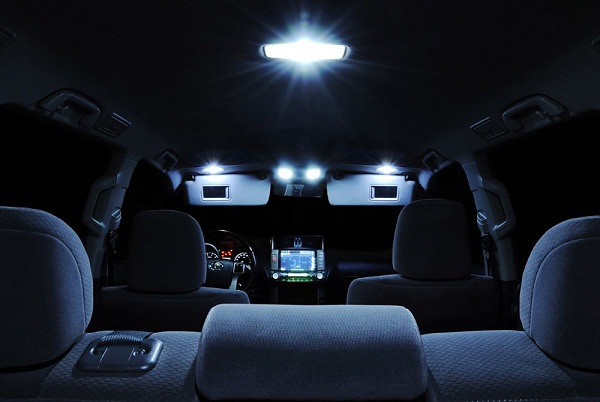
Overview of how the interior lighting works
Interior lighting in a vehicle works through switches and sensors. When a door opens, a switch signals the lights to turn on. They stay lit for a short time after closing the door, ensuring visibility and comfort.
Also read: Ford F150 Sputtering When Accelerating: Causes and Solutions
Components of the system
The components of the interior lighting system include light bulbs, door switches, fuses, wiring, and sometimes a control module. Each part works together to turn the lights on when the doors are opened or closed.
Role of door sensors
Door sensors play a key role in interior lighting. They send a signal to activate the lights when they detect a door being opened. This ensures visibility inside the vehicle for safety and convenience.
Common Reasons for Interior Lights Not Turning On
Faulty door sensors
Faulty door sensors can cause interior lights to malfunction. If the sensors don’t detect that a door is open, the lights may not turn on. This issue often requires repair or replacement to restore proper function.
Blown fuses
Blown fuses can cause interior lights to stop working. Fuses protect electrical circuits from damage. If a fuse blows, it needs to be replaced to restore the lights. Checking the fuse box is a simple way to diagnose this issue.
Burnt-out bulbs
Burnt-out bulbs can prevent interior lights from turning on.Bulbs may eventually deteriorate and cease to function. Replacing burnt-out bulbs is a simple fix that restores lighting inside the vehicle for safety and comfort.
Wiring issues
Wiring issues can cause interior lights to malfunction. Damaged or loose wires may interrupt the electrical flow, preventing the lights from turning on. Inspecting and repairing the wiring is essential to restore proper lighting in the vehicle.
The Role of Door Sensors in Lighting
How door sensors activate interior lights
Door sensors activate interior lights by detecting when a door is opened. When the door opens, the sensor sends a signal to the lighting system, turning on the lights. This helps ensure visibility inside the vehicle for passengers.
Common sensor malfunctions
Common sensor malfunctions include sensors that fail to detect a door opening or stay stuck in the “on” position. These issues can prevent the interior lights from working properly.Frequent inspections can aid in locating and promptly resolving these issues.
Blown Fuses: A Common Culprit
How to check fuses
To check fuses, find the fuse box in your vehicle, usually under the dashboard or hood. Remove the fuse cover, then pull out the fuse and inspect the metal strip. A damaged strip indicates that a new fuse is required.
Replacing a blown fuse
To replace a blown fuse, first find the correct fuse box. A broken metal strip will indicate that the fuse has blown. Remove it carefully and replace it with a new fuse of the same type and rating.
Burnt-Out Bulbs: The Simple Fix
Identifying if a bulb is burnt out
To identify a burnt-out bulb, switch on the light and check if it glows. If it doesn’t, remove it safely and look for a broken filament or dark spots inside. Replace it if needed.
Steps to replace the bulb
To replace a bulb, first switch off the power. Carefully remove the old bulb, checking for any broken parts. Then, insert the new bulb, ensuring it’s secure. Finally, turn the power on to test the light.
Wiring Issues: When the Problem Goes Deeper
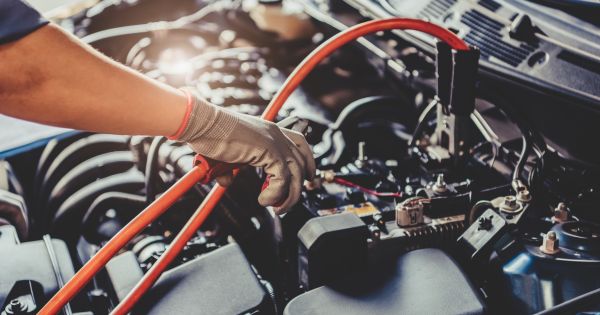
Signs of wiring issues
Signs of wiring issues include flickering lights, burning smells, tripped breakers, or outlets that feel warm. You may also notice buzzing sounds or discolored outlets. If any of these happen, consider having a professional check the wiring.
Also read: Can I Use 0W20 Instead of 5W20 in My Ford ? Complete Guide 2024 !
How to diagnose and fix wiring problems
To diagnose wiring problems, check for loose connections, damaged wires, or tripped breakers. Use a tester for safety. Fix issues by tightening connections, replacing damaged wires, or resetting breakers. Call an electrician if problems continue or feel unsafe.
Checking the Dome Light Switch
Positioning of the dome light switch
The dome light switch is usually located on the ceiling near the light, on the dashboard, or close to the door frame. It often has settings for “On,” “Off,” and “Door,” which controls light operation.
How to adjust the switch
To adjust a switch, locate it and check its settings. Gently move it to the desired position, such as “On,” “Off,” or “Auto.” Make sure it clicks into place, so the setting is secure.
Programming or Software Issues
How modern vehicles rely on software
Modern vehicles rely on software to control systems like engine performance, braking, navigation, and safety features. Software helps monitor and adjust these systems in real-time, making driving smoother, safer, and more efficient.
How to reset or reprogram lighting settings
To reset or reprogram lighting settings, start by accessing the car’s menu, usually through the dashboard or infotainment system. Select “Lighting” options, then adjust settings as needed. Confirm changes and check the lights to ensure they work correctly.
Issues with the Control Module
Overview of the vehicle’s control module
The vehicle’s control module is the brain of the car, managing various systems like engine, brakes, and lights. It collects data from sensors and makes adjustments for better performance, safety, and fuel efficiency, ensuring everything works smoothly.
How it impacts lighting functions
The control module impacts lighting functions by controlling when and how lights operate. It adjusts brightness, turns lights on or off, and activates features like automatic headlights, ensuring safe visibility and convenience for the driver and passengers.
Inspecting the Door Latches
How faulty door latches can affect interior lights
Faulty door latches can cause interior lights to malfunction. If a latch doesn’t close properly, it may keep lights on when the door is shut or turn them off unexpectedly, leading to battery drain or poor visibility inside the vehicle.
Fixing door latch-related issues
To fix door latch-related issues, start by inspecting the latch for dirt or damage. Clean it if needed, and lubricate moving parts. If the latch is broken, replace it with a new one to ensure proper door closure and function.
When to Seek Professional Help

Knowing when DIY isn’t enough
Knowing when DIY isn’t enough is important for safety and effectiveness. If a task feels too complex, involves electrical work, or if you lack the right tools, it’s best to call a professional to avoid mistakes and potential hazards .
Also read: Ford Wireless Charging Pad Not Working :How to Fix It 2024!
The benefits of consulting a mechanic
Consulting a mechanic offers many benefits, including expert advice, accurate diagnostics, and quality repairs. Mechanics have the right tools and knowledge to fix problems safely, helping to extend the life of your vehicle and ensure it runs smoothly.
Preventing Future Lighting Problems
Regular maintenance tips
To keep your home in good shape, check appliances regularly, clean gutters, change air filters, and inspect for leaks. Also, keep an eye on your roof and paint exterior surfaces to prevent damage. Frequent maintenance helps prevent future expensive repairs.
How to keep your interior lighting in good shape
To keep your interior lighting in good shape, clean light fixtures regularly, replace burnt-out bulbs, and use energy-efficient options. Adjust dimmers for mood and check wiring for safety. Proper care helps your lights last longer and shine brighter.
Conclusion
In summary, if your Ford Explorer’s interior lights don’t turn on when the door opens, check for blown fuses, faulty switches, or wiring issues. Regular maintenance and timely repairs will keep your interior lighting working properly and enhance your driving experience.
FAQs
Why aren’t my Ford Explorer’s interior lights turning on with the door?
If your Ford Explorer’s interior lights aren’t turning on with the door, it may be due to a blown fuse, a broken door switch, or wiring issues. Checking these can help you find and fix the problem.
Can I fix the interior lights myself?
Yes, you can fix the interior lights yourself. Start by checking fuses, replacing burnt-out bulbs, and inspecting door switches. If issues persist or seem complex, it’s best to consult a professional for safety.
How much does it cost to fix the lighting issue in a Ford Explorer?
The cost to fix a lighting issue in a Ford Explorer can range from $50 to $200, depending on the problem. Simple fixes like replacing bulbs are cheaper, while wiring issues may cost more to repair.
What are some typical indicators of a car’s electrical problems?
Common signs of electrical issues in a car include flickering lights, strange noises, warning lights on the dashboard, and problems starting the engine. These can indicate faulty wiring, dead batteries, or issues with electrical components.
How can I prevent this from happening again?
To prevent lighting issues from happening again, regularly check and replace burnt-out bulbs, inspect fuses, and ensure door switches are functioning.

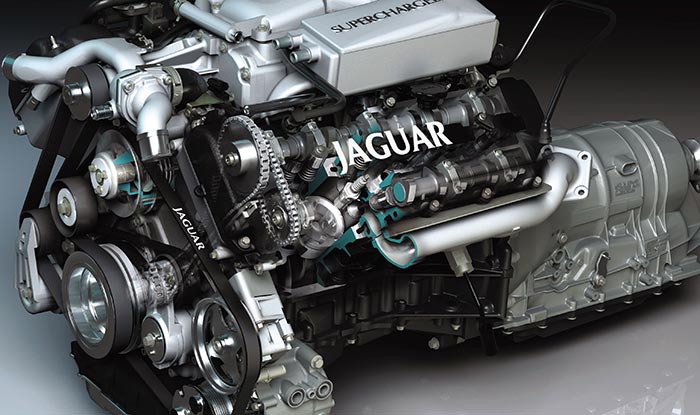

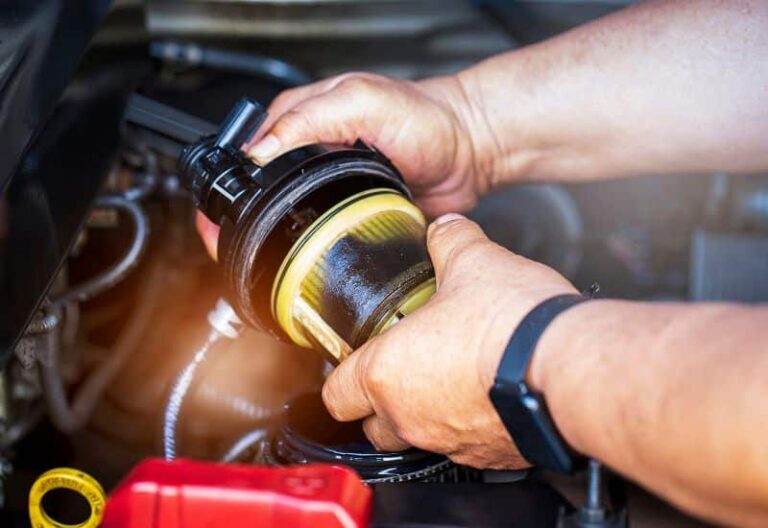
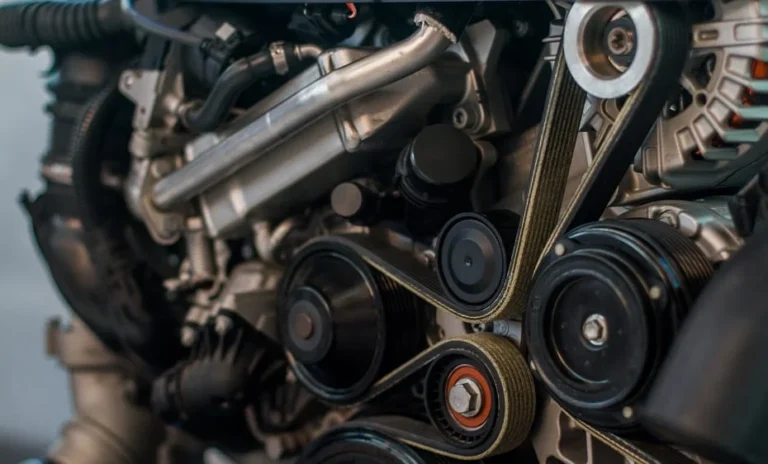
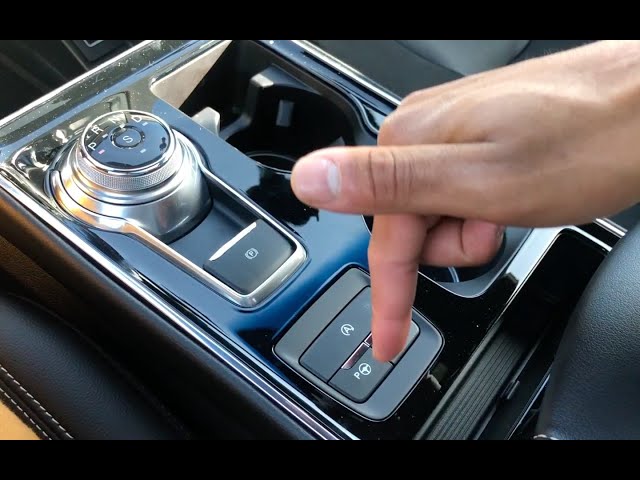
One Comment